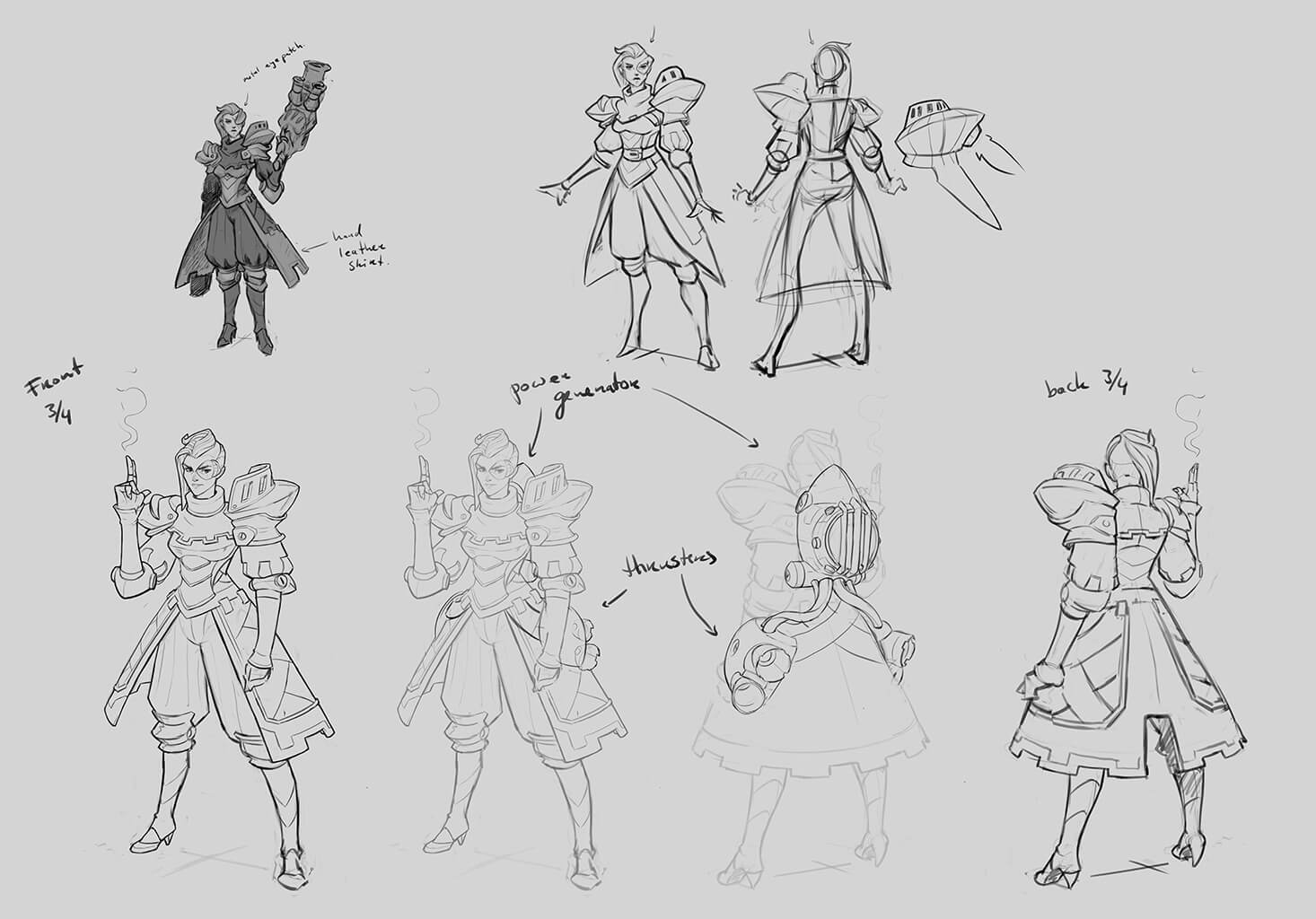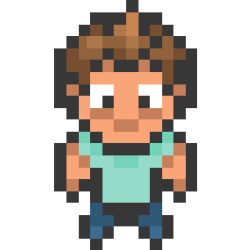Art Production on Element Arena - Part 1: Art Direction
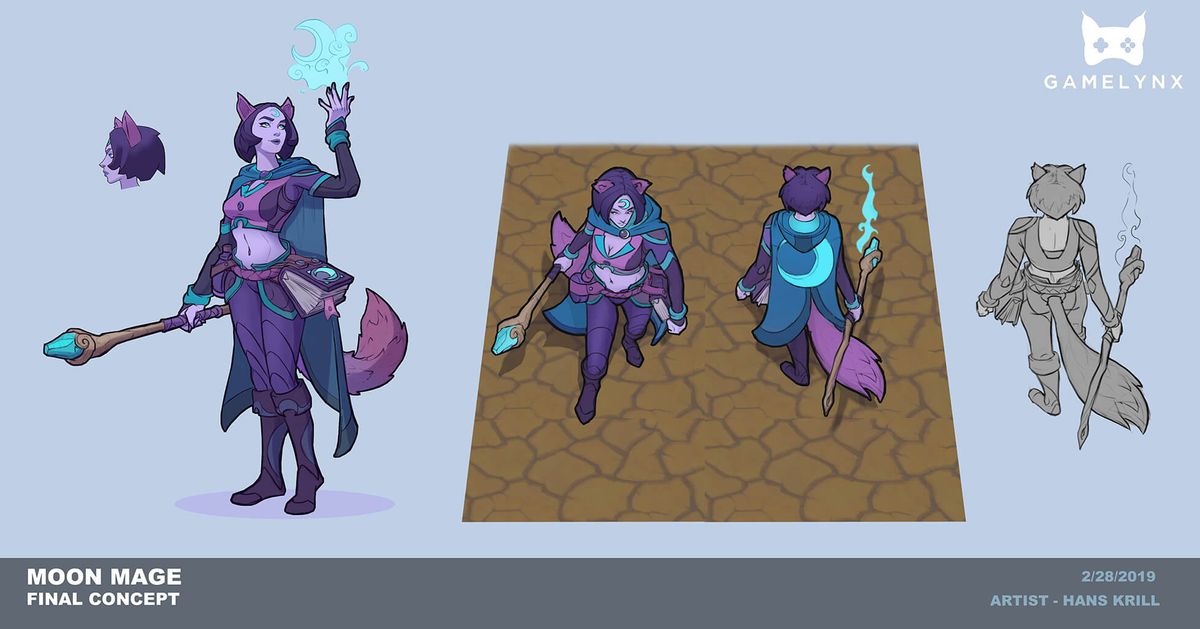
Element Arena was a MOBA battle royale game with a stylized toon art style. I managed the art direction and pipeline, wrote the concept briefs and gave feedback on revisions. I found it really helpful to learn from the experience of others, so I wanted to give back now by breaking down how we operated and sharing our documents. I hope it helps game teams in the future create even better art.
It should be said before I begin that it truly was our concept artists, Hans Krill and Michael Maurino, and our 3D artists, Laurynas Jurgila and Cody Bunt, who brought our art to life! I was also fortunate to receive mentorship from great art producers like Sarah Reinstein and John Wu at Riot Games that helped me quickly pick up the skills needed to execute this art pipeline. With this, and some scrappy processes, I was able to manage the art direction of Element Arena with roughly 10 hours a week.
What our team looked like:
- A handful of skilled freelancers for concept and 3D.
- An external art studio and asset store for animations.
- Visual effects done via asset store packs and tweaks, mostly by Carter Minshull.
- I created all of the 2D UI assets, leveraging asset store packs and concept artists when relevant.
What I did not use:
- Internal artists - We didn't have enough art needs to justify the expense (more on budgeting below). It's amazing to have internal artists and I wish we had that luxury, but we made on fine without it. We instead used freelancers and treated them like team members. I used a lot of reference and sketches to make my points, and then I iterated in real art as we received it.
- Style Guide - A lot of studios have full style guides, which goes in detail on Do's and Don'ts before full production begins. We didn't have enough art in look development stage to do this effectively. We were too lean. Our Art Direction deck was our minimal substitute and we focused on getting the art right in iteration. If you're curious for an example of a full style guide, check out League of Legends VFX Style Guide or the Dota 2 Character Art Style Guide.
Art Direction: Style and World Setting
The world of Element Arena was infused with elemental magic and technology. We were inspired by the worlds in Avatar The Last Airbender and Legend of Zelda Breath of the Wild. In popular media, there are many renditions of both high fantasy and Sci-Fi themes, but many that overlapped them didn't double down on what fantasies are unique in that combination.
We were excited to tap into that in Element Arena. In the hands of the right hero, a magic sword is equally strong as a plasma gun or some magic Rube Goldberg machine. We wanted to celebrate the intersection of fantasies that aren't possible in a pure medieval or Sci-Fi world. Our character concepts included magical yo-yo grappling hooks, elemental hover boards that turn into shields, and mechs powered by fire spirits in their furnaces. It was a lot of fun!
In regards to art style, we targeted a stylized anime style that was attractive to all ages but low complexity to produce.

We also took a unique stance with our art's tech pipeline to reduce costs and create an extra sharp result. Instead of using Physical Based Rendering, or hand-painted textures (which are common), we used flat colors and gradient textures. We mapped these gradients with non-standard UV mappings to create a flat but stylish toon style. By doing this, our models had higher vertex counts, but incredibly small texture maps and the characters looked crisp no matter how close-up you were (no blurring without a need for heavy 4K textures).

If you're curious about the technical details of this style, MinionsArt has a great video on this texturing process, in which she calls it the 'Lazy Unwrapping' method. There is also a fantastic GDC talk by Arc System Works' about how they create the 3D anime style they used in GuityGearXrd and Dragonball Fighter Z which uses similar (and more) techniques.
Here are some art and character concepts we produced
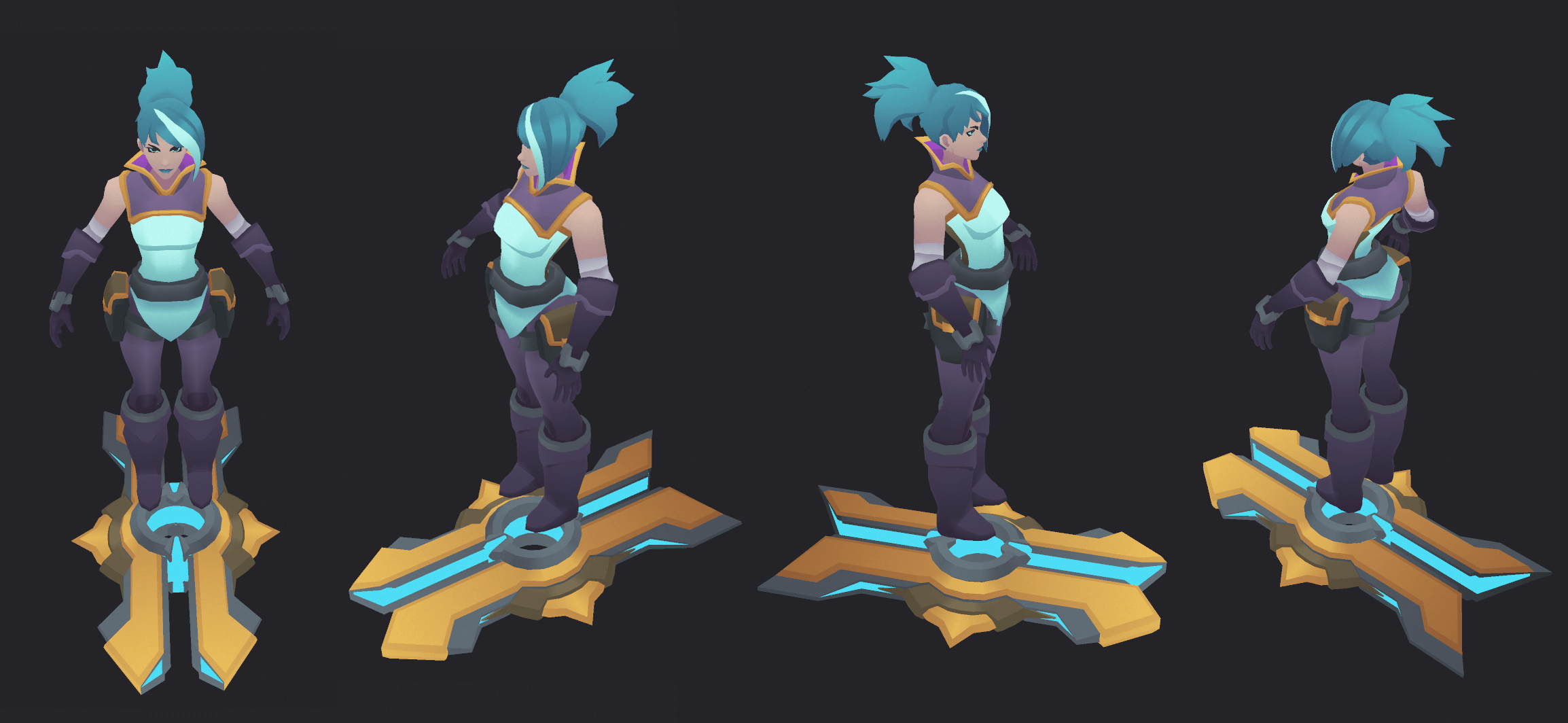



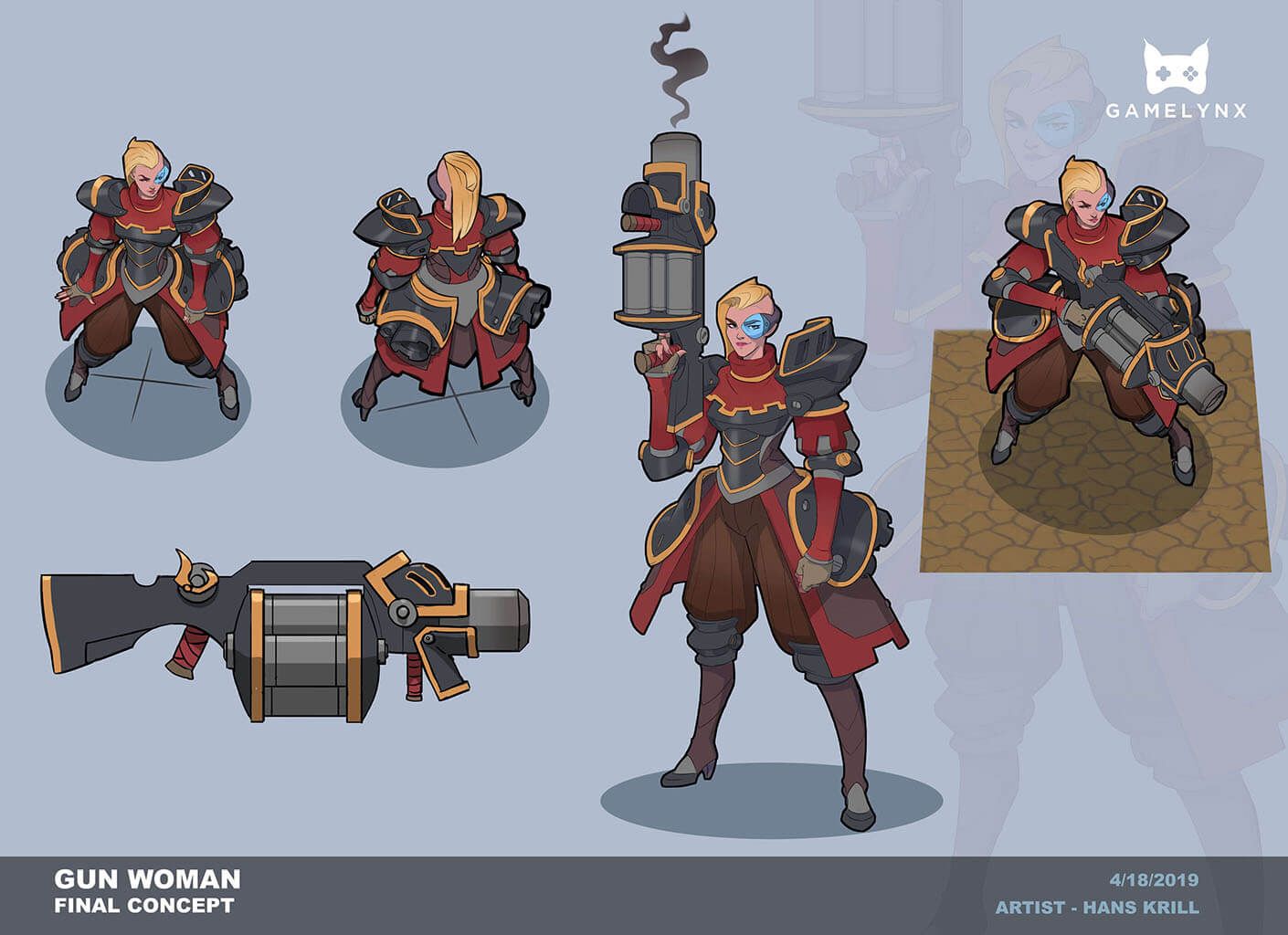

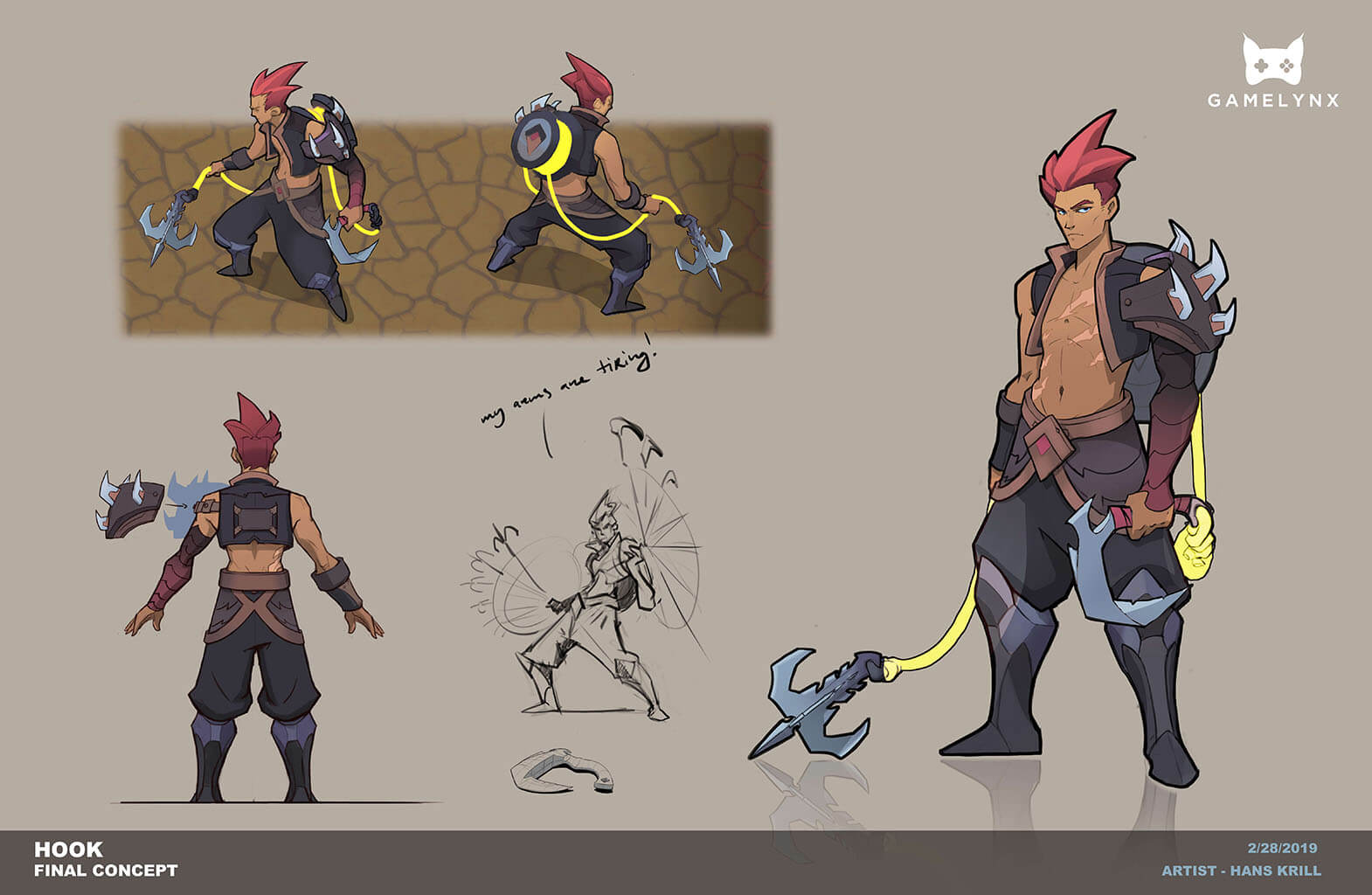
Part two gets more into the specifics of how we ran the character creation process at Gamelynx:
